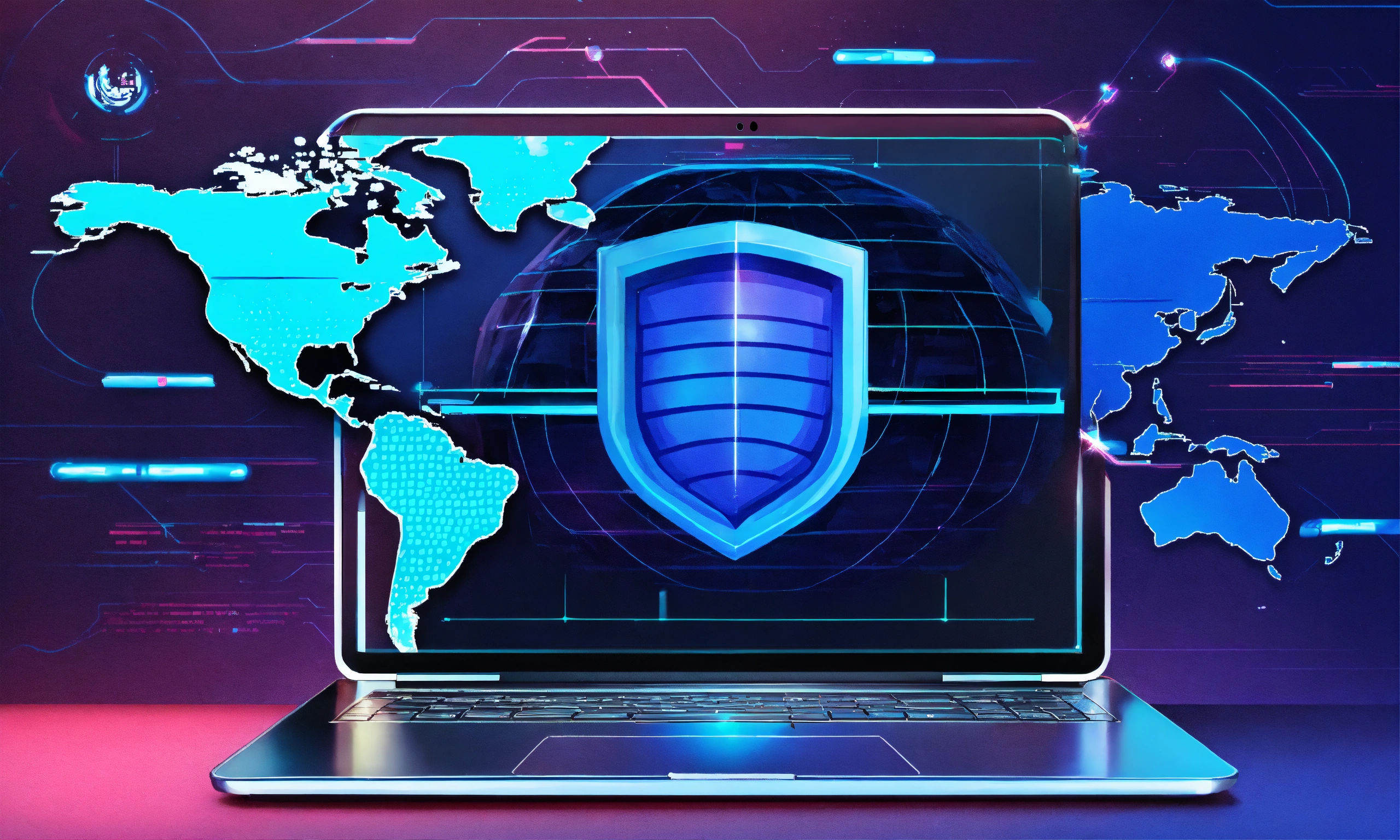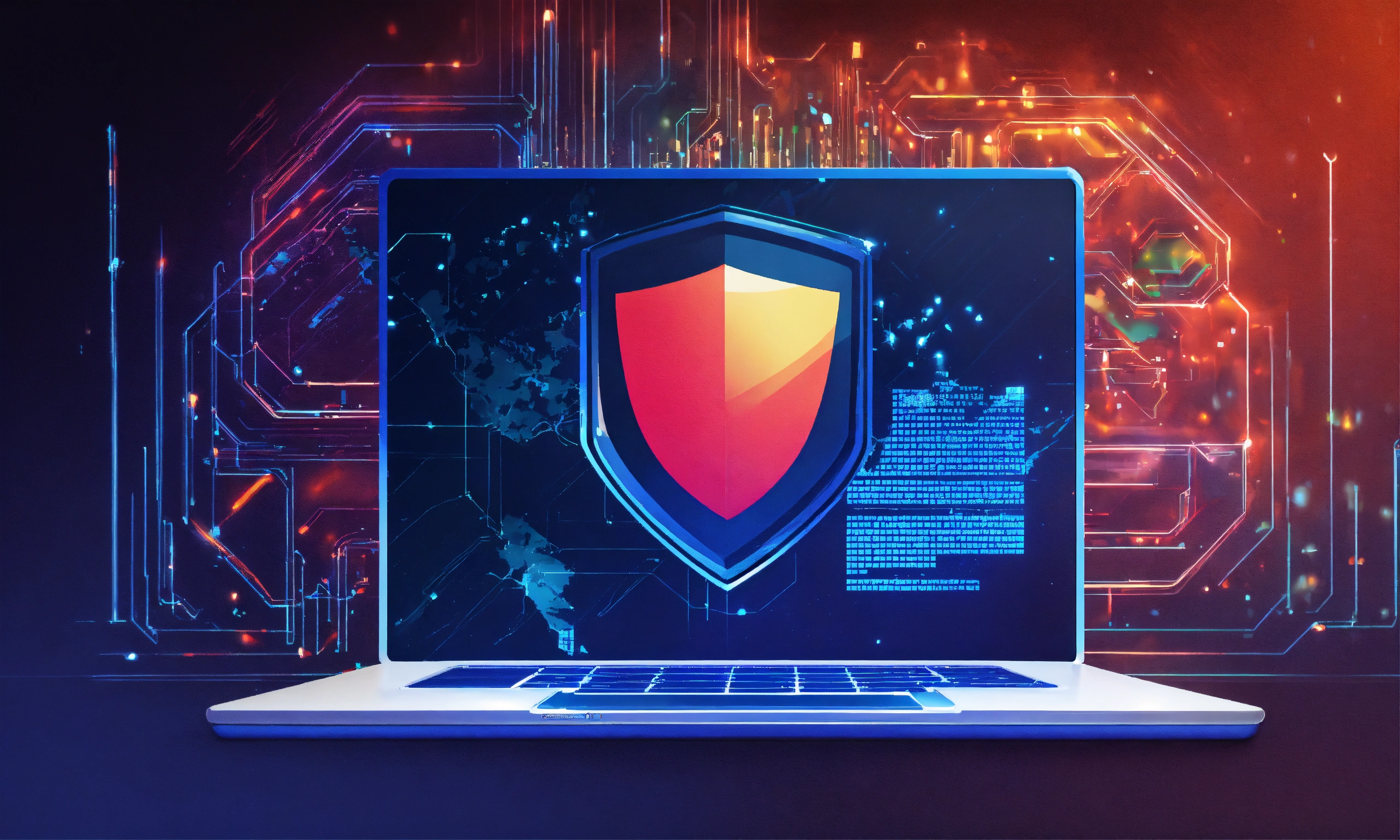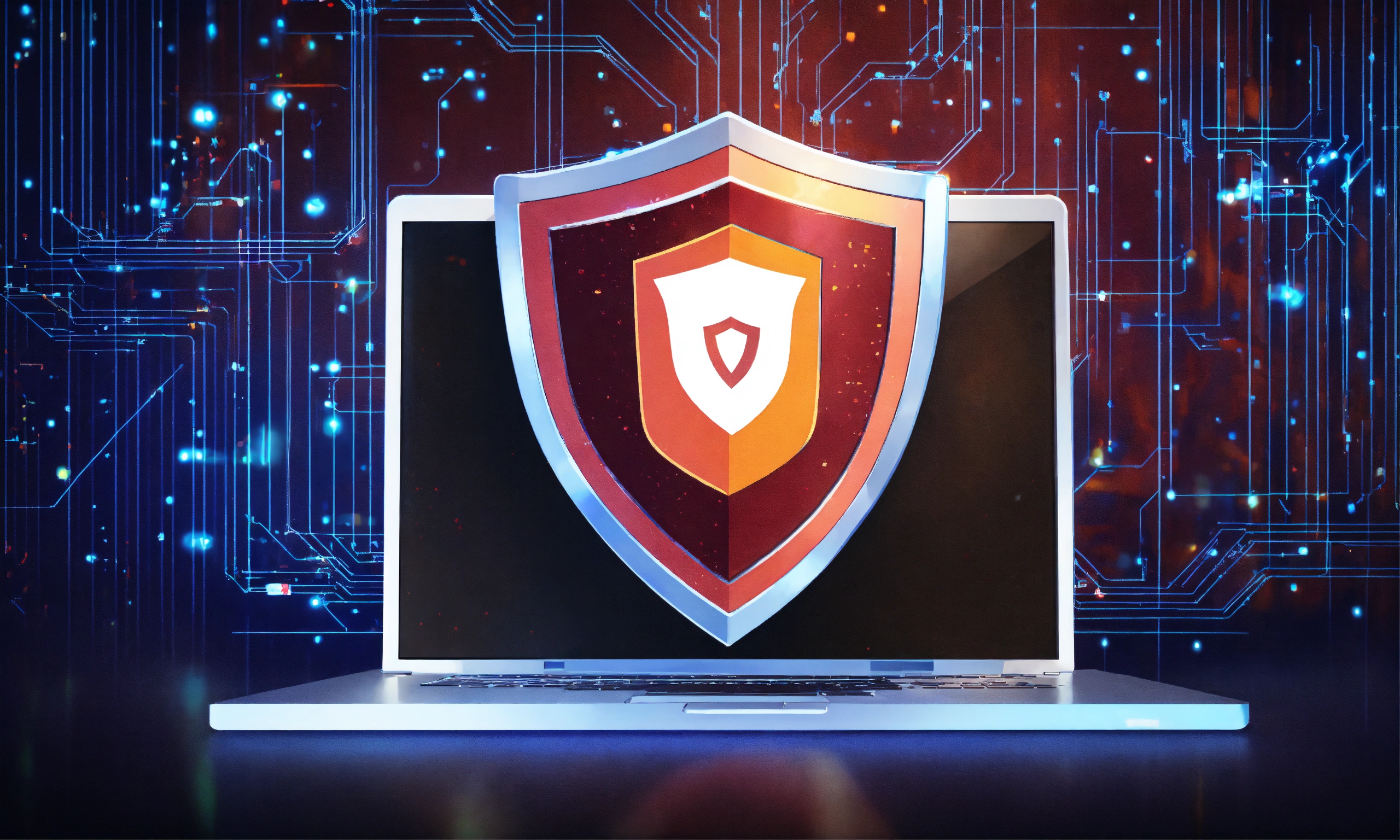Enhancing Web Security with Cyber Threat Intelligence: Strategies and Best Practices

The Role of Cyber Threat Intelligence in Strengthening Web Security
In an increasingly interconnected world, the threat landscape is evolving rapidly. Cybercriminals are employing more sophisticated techniques, making it crucial for organizations to adopt proactive measures to safeguard their digital assets. One of the most effective strategies in this regard is the use of cyber threat intelligence (CTI). This article explores the role of cyber threat intelligence in enhancing web security, its types, key components, and how organizations can leverage it to mitigate risks.
Understanding Cyber Threat Intelligence
Cyber threat intelligence refers to the collection, analysis, and dissemination of information regarding potential or existing threats to an organization’s assets. It provides insights into the tactics, techniques, and procedures (TTPs) employed by cyber adversaries, enabling organizations to make informed decisions about their security posture.
Why Cyber Threat Intelligence is Essential
- Proactive Defense: CTI enables organizations to adopt a proactive approach to cybersecurity. By understanding the threat landscape, they can implement preventative measures before an attack occurs.
- Informed Decision-Making: With actionable intelligence, organizations can make informed decisions regarding resource allocation, incident response, and security strategy.
- Risk Management: CTI helps organizations assess and prioritize risks based on credible threats, allowing them to focus their efforts on the most pressing vulnerabilities.
- Improved Incident Response: Access to threat intelligence enhances incident response capabilities, enabling teams to quickly identify and mitigate threats as they arise.
Types of Cyber Threat Intelligence
Cyber threat intelligence can be categorized into several types, each serving different purposes:
1. Strategic Threat Intelligence
Strategic intelligence provides a high-level overview of the threat landscape, focusing on long-term trends and patterns. It helps organizations understand the motivations of cyber adversaries and the potential impact of threats on their business objectives.
2. Tactical Threat Intelligence
Tactical intelligence offers insights into specific threats and vulnerabilities. It includes detailed information about malware, attack vectors, and TTPs used by cybercriminals. This type of intelligence helps organizations develop specific countermeasures.
3. Operational Threat Intelligence
Operational intelligence focuses on imminent threats that could affect an organization. It includes real-time alerts and warnings about ongoing attacks, allowing security teams to respond swiftly to emerging threats.
4. Technical Threat Intelligence
Technical intelligence involves the analysis of specific indicators of compromise (IoCs), such as malicious IP addresses, file hashes, and URLs. This type of intelligence is essential for threat detection and incident response.
Key Components of Cyber Threat Intelligence
To effectively leverage CTI, organizations should focus on several key components:
1. Data Collection
The first step in building a CTI program is gathering data from various sources. This can include open-source intelligence (OSINT), internal security logs, threat feeds, and information from industry peers. The more comprehensive the data collection, the better the insights generated.
2. Data Analysis
Once data is collected, it must be analyzed to identify patterns and trends. This process involves filtering out noise and focusing on relevant information that can provide actionable insights. Advanced analytics tools and machine learning algorithms can assist in this analysis.
3. Dissemination of Intelligence
After analysis, the intelligence must be effectively communicated to relevant stakeholders within the organization. This can be done through reports, dashboards, or alerts. Ensuring that the right people receive the information is critical for timely action.
4. Integration with Security Tools
Integrating threat intelligence into existing security tools and processes enhances the organization’s overall security posture. For example, integrating CTI into Security Information and Event Management (SIEM) systems can improve threat detection and response.
5. Continuous Monitoring and Updating
The threat landscape is constantly changing, so organizations must continuously monitor for new threats and update their intelligence accordingly. Regularly reviewing and refining the CTI program ensures its relevance and effectiveness.
Leveraging Cyber Threat Intelligence
Organizations can implement several strategies to leverage cyber threat intelligence effectively:
1. Develop a CTI Program
Establishing a dedicated CTI program is essential for effectively collecting, analyzing, and disseminating threat intelligence. This program should align with the organization’s overall security strategy and involve collaboration across departments.
2. Utilize Threat Intelligence Platforms
Investing in threat intelligence platforms can streamline the process of collecting and analyzing data. These platforms often provide access to multiple threat feeds, automation tools, and integration capabilities, making it easier to derive actionable insights.
3. Engage in Information Sharing
Participating in information-sharing initiatives with industry peers and organizations can enhance the quality of threat intelligence. Sharing insights about threats and vulnerabilities helps build a collective defense against cyber adversaries.
4. Conduct Regular Training
Providing ongoing training for security teams on how to interpret and act on threat intelligence is crucial. Ensuring that personnel understand the implications of the intelligence can lead to more effective incident response.
5. Measure Effectiveness
Organizations should regularly assess the effectiveness of their CTI initiatives. Metrics such as incident response times, the number of detected threats, and the overall reduction in incidents can help gauge the program’s success.
Challenges in Implementing Cyber Threat Intelligence
While the benefits of CTI are clear, organizations may face several challenges in implementation:
1. Data Overload
The sheer volume of data available can be overwhelming. Organizations must have strategies in place to filter out irrelevant information and focus on what matters most.
2. Skill Gaps
Finding and retaining qualified personnel with expertise in threat intelligence can be challenging. Organizations may need to invest in training and development to build their internal capabilities.
3. Integration Difficulties
Integrating CTI into existing security tools and processes can be complex. Organizations need to ensure that their infrastructure supports effective data sharing and analysis.
4. Budget Constraints
Implementing a comprehensive CTI program can require significant investment in tools, training, and personnel. Organizations must allocate resources strategically to maximize the effectiveness of their CTI efforts.
Conclusion
Cyber threat intelligence plays a crucial role in strengthening web security by providing organizations with the insights needed to anticipate and respond to emerging threats. By adopting a proactive approach and leveraging various types of threat intelligence, organizations can enhance their security posture, improve incident response, and mitigate risks effectively. As the cyber threat landscape continues to evolve, investing in robust CTI initiatives will be essential for organizations aiming to protect their digital assets and maintain a competitive edge in the market. In this fast-paced environment, knowledge is not just power; it is a critical component of a resilient cybersecurity strategy.




